
Can You Master ITIL® 4 Foundation in Just 2 Weeks with ScholarAcad?
- Thu 23, Oct 2025

In today's fast-paced business landscape, traditional project management methods often fall short in meeting the demands of rapidly evolving market conditions. This is where agile project management comes into play, offering a revolutionary approach that prioritizes flexibility, collaboration, and adaptability.
With the advent of agile project management, organizations can achieve enhanced productivity and collaboration, leading to faster project delivery and greater customer satisfaction. By breaking down complex projects into smaller, manageable tasks, agile empowers teams to respond quickly to changes and capitalize on emerging opportunities.
The benefits of agile project management extend beyond improved efficiency. It fosters a culture of transparency and open communication, allowing team members to better align their efforts and stay focused on the project goals. Moreover, the iterative nature of agile enables continuous feedback and improvement, ensuring a higher quality end product.
In summary, embracing agile project management represents a paradigm shift for businesses seeking to thrive in today's dynamic environment. By unlocking the power of collaboration, adaptability, and iterative development, organizations can achieve higher levels of productivity, customer satisfaction, and overall project success.
Key principles of agile project management
Agile project management, on the other hand, embraces a set of principles that address the limitations of traditional project management. These principles include:
1. Adaptive planning: Agile project management recognizes the dynamic nature of projects and promotes a flexible, iterative approach to planning. Instead of detailed upfront planning, agile focuses on creating a high-level plan and adapting it as the project progresses.
2. Collaboration and communication: Agile emphasizes the importance of collaboration and open communication among team members. Through regular meetings, daily stand-ups, and frequent feedback sessions, agile project management ensures that everyone is on the same page and working towards the common project goals.
3. Iterative development: Agile breaks down projects into smaller, manageable tasks called iterations or sprints. Each iteration focuses on delivering a working product increment, allowing for continuous feedback and improvement. This iterative approach enables teams to respond quickly to changes and deliver value to customers early on.
One of the key benefits of agile project management is increased productivity. By breaking down projects into smaller iterations, teams can focus on delivering value early on and receive continuous feedback. This iterative development approach allows for quick adjustments and course corrections, ultimately leading to faster project delivery.
Additionally, the shorter feedback loops in agile project management enable teams to identify and address issues early on. This proactive approach minimizes the risk of major setbacks and ensures that projects stay on track.
Agile project management fosters a culture of collaboration and open communication. Through regular meetings, such as daily stand-ups and sprint reviews, team members have the opportunity to share progress, discuss challenges, and align their efforts. This level of collaboration ensures that everyone is working towards the same goals and reduces the likelihood of miscommunication or misalignment.
Moreover, agile project management encourages cross-functional teams, where individuals with diverse skill sets work together towards a common objective. This cross-functional collaboration allows for a more holistic approach to problem-solving and brings together different perspectives and expertise.
In today's fast-paced business environment, the ability to adapt quickly to changes is crucial for project success. Agile project management provides the flexibility needed to respond to changes effectively.
With agile, teams can adjust their plans and priorities based on new information or shifting market conditions. This adaptability allows organizations to seize new opportunities, address emerging risks, and stay ahead of the competition. By embracing change instead of resisting it, agile project management enables organizations to navigate uncertainty with confidence.
To implement agile project management effectively, organizations can leverage a variety of tools and methodologies. Some popular agile methodologies include Scrum, Kanban, and Lean. These methodologies provide frameworks for organizing work, managing priorities, and facilitating collaboration.
In addition to methodologies, there are numerous agile project management tools available that help streamline workflows, track progress, and facilitate communication. These tools range from project management software, such as Jira and Trello, to communication platforms like Slack and Microsoft Teams. By using these tools, organizations can optimize their agile processes and maximize the benefits of agile project management.
Implementing agile project management requires careful planning and a commitment to change. Here are some steps to consider when introducing agile in your organization:
1. Educate and train: Ensure that everyone involved understands the principles and benefits of agile project management. Provide training and resources to help team members transition from traditional methods to agile practices.
2. Start small: Begin by implementing agile in a pilot project or team. This allows for a gradual transition and provides an opportunity to learn from the experience before scaling agile across the organization.
3. Adapt methodologies: Tailor agile methodologies to fit your organization's specific needs and culture. Experiment with different approaches and adapt them as necessary to ensure a smooth transition.
4. Promote collaboration: Encourage cross-functional collaboration and open communication among team members. Foster a culture that values collaboration and encourages sharing of ideas and feedback.
5. Continuous improvement: Embrace the iterative nature of agile and continuously seek feedback and opportunities for improvement. Regularly review and adapt your agile processes to optimize productivity and project outcomes.
The transformation to agile project management was not without challenges, as it required the company to change not just its processes, but also its culture. However, the results were unequivocal. By breaking free from the constraints of the waterfall approach, the company discovered a new level of agility and adaptability that propelled its projects to greater success.
This case study is just one example of how a paradigm shift in project management can invigorate an organization, leading to more efficient, customer-focused, and higher quality outcomes. As we look to the future, the message is clear: embracing change is not just an innovation; it's a survival strategy. Is your organization ready to make the shift and unlock its full potential?



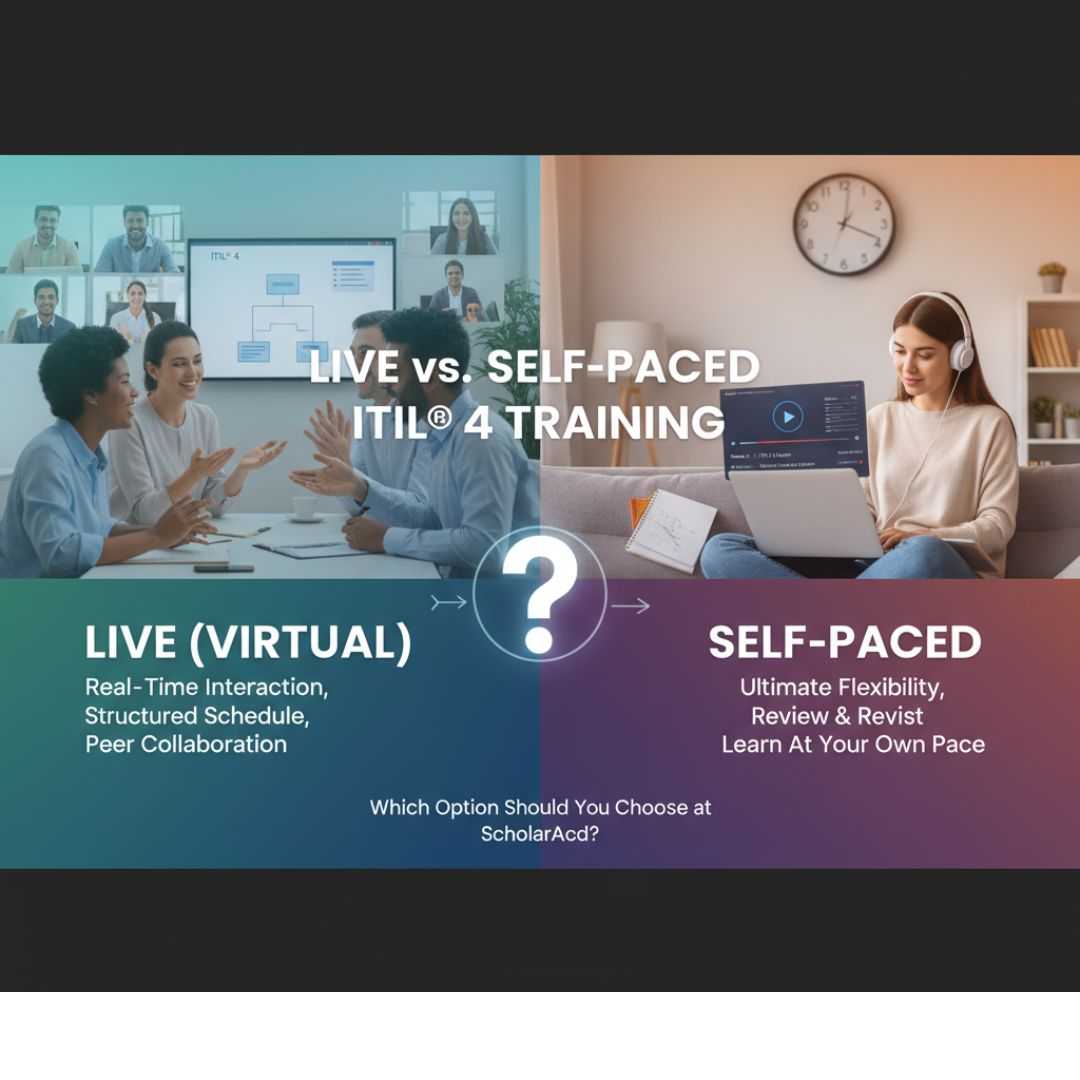




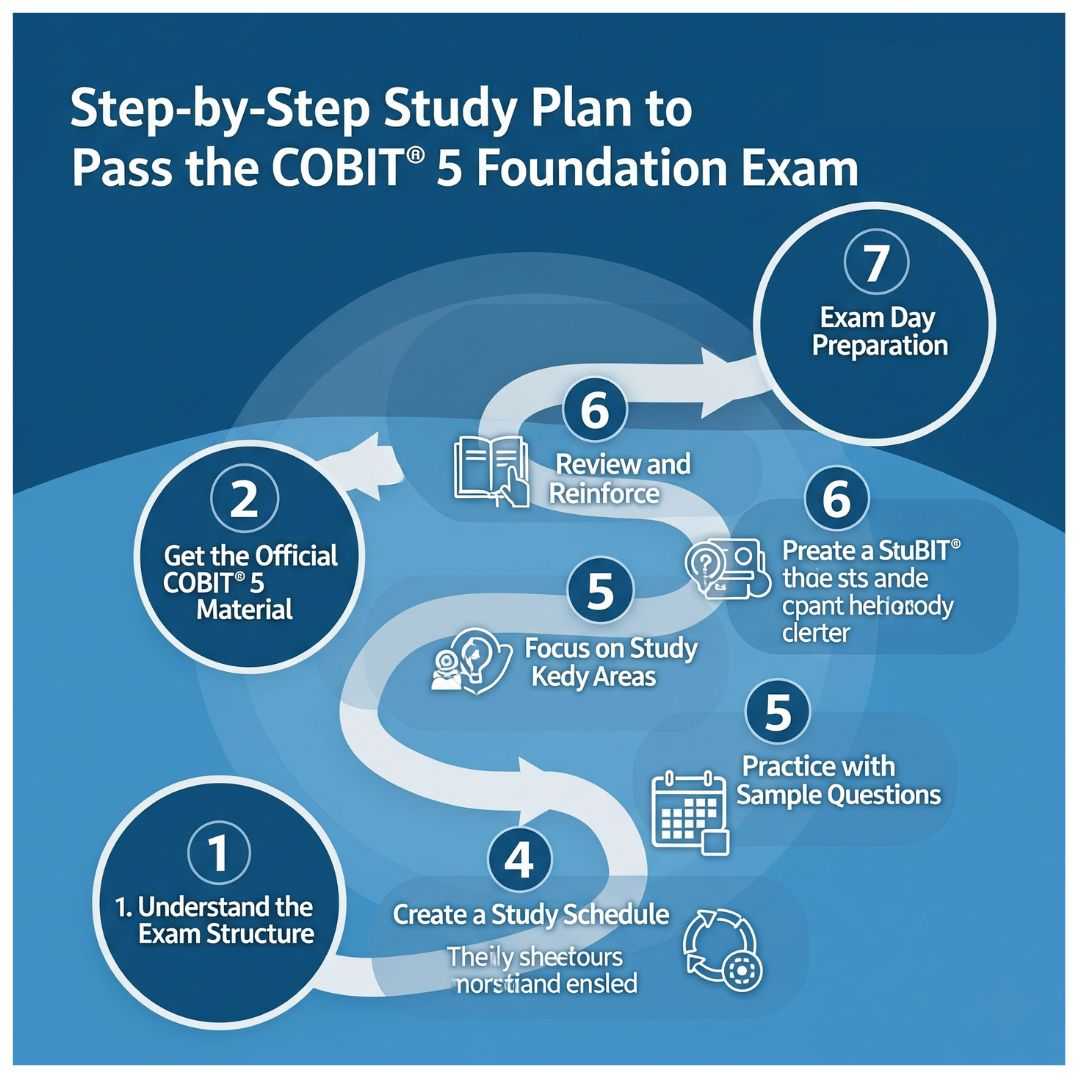

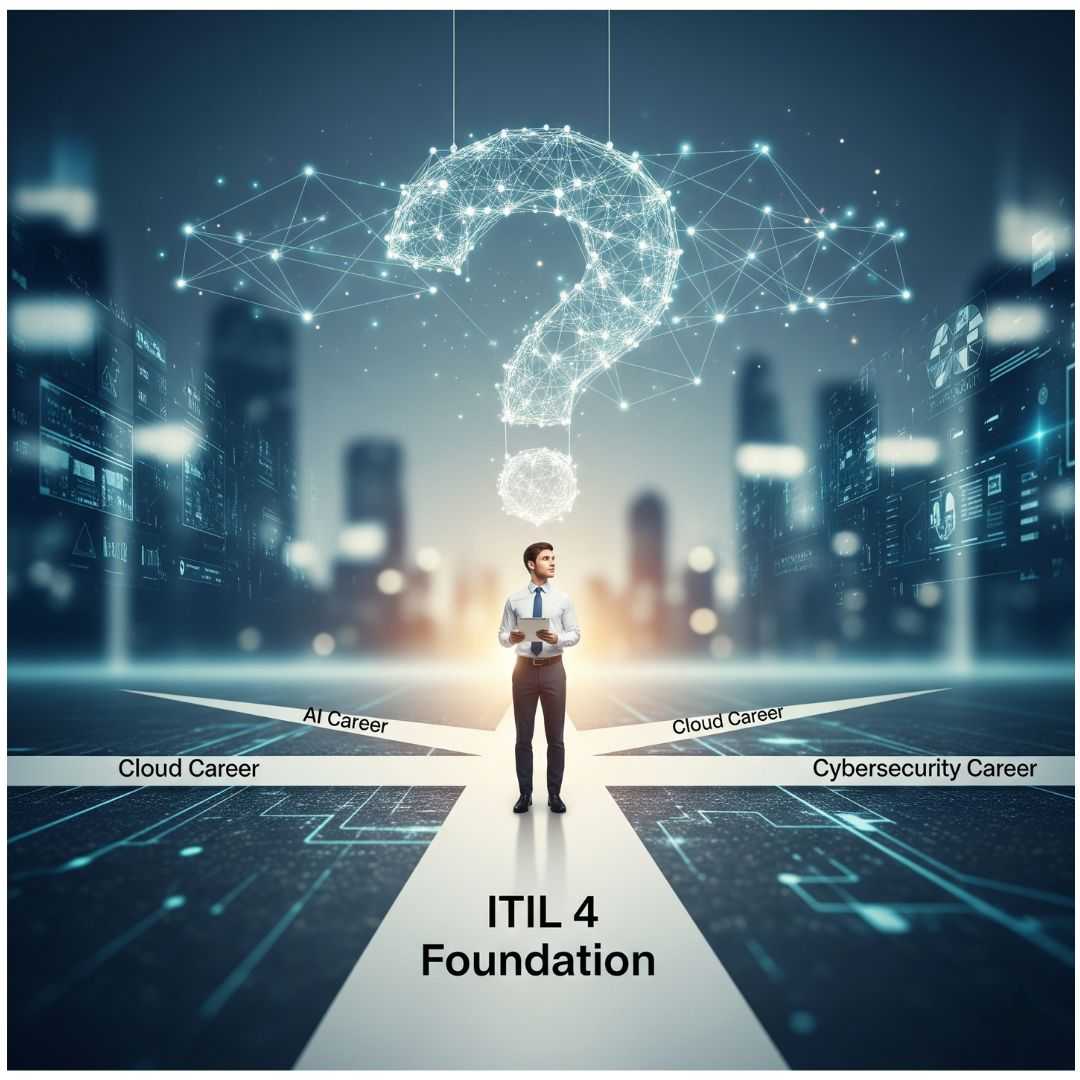

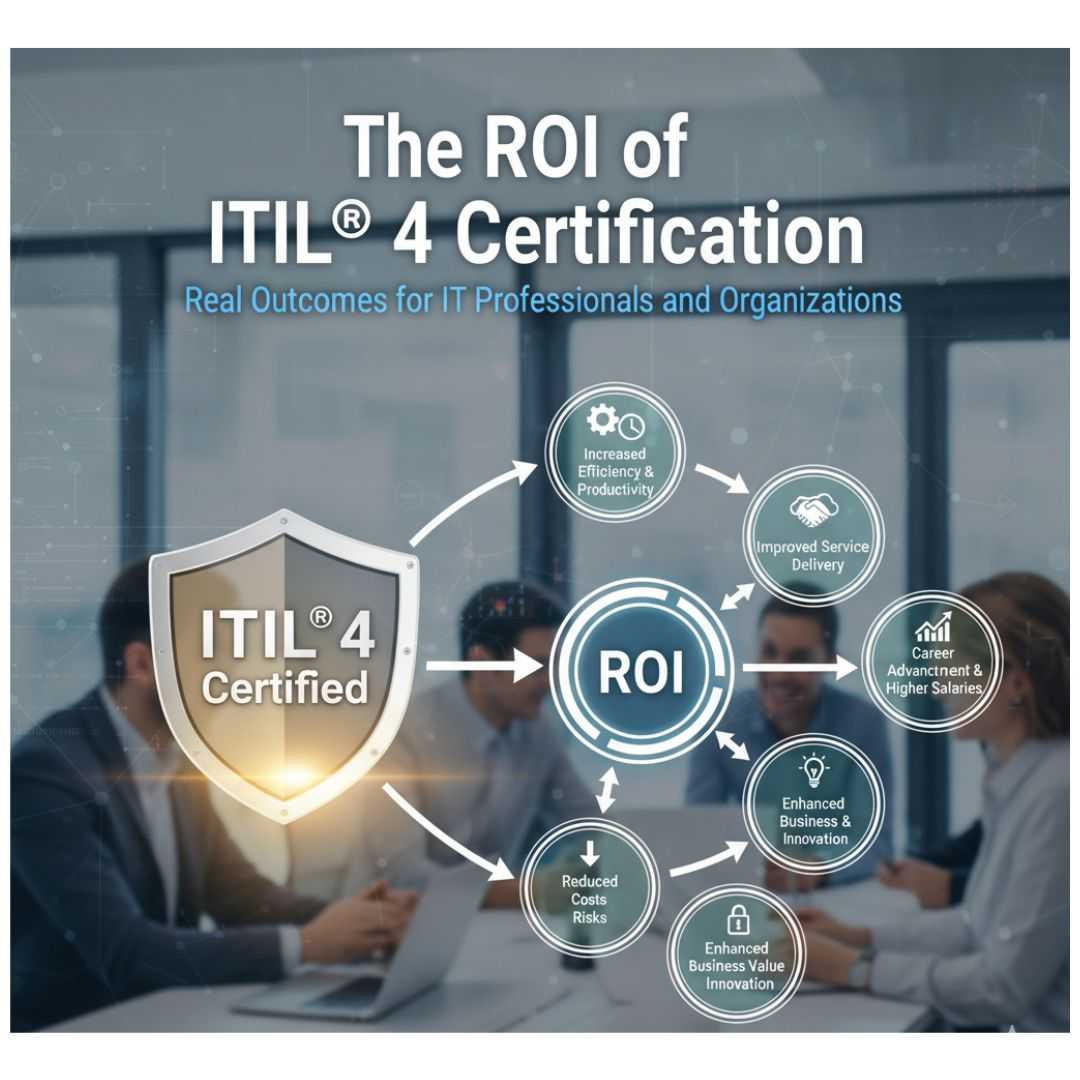





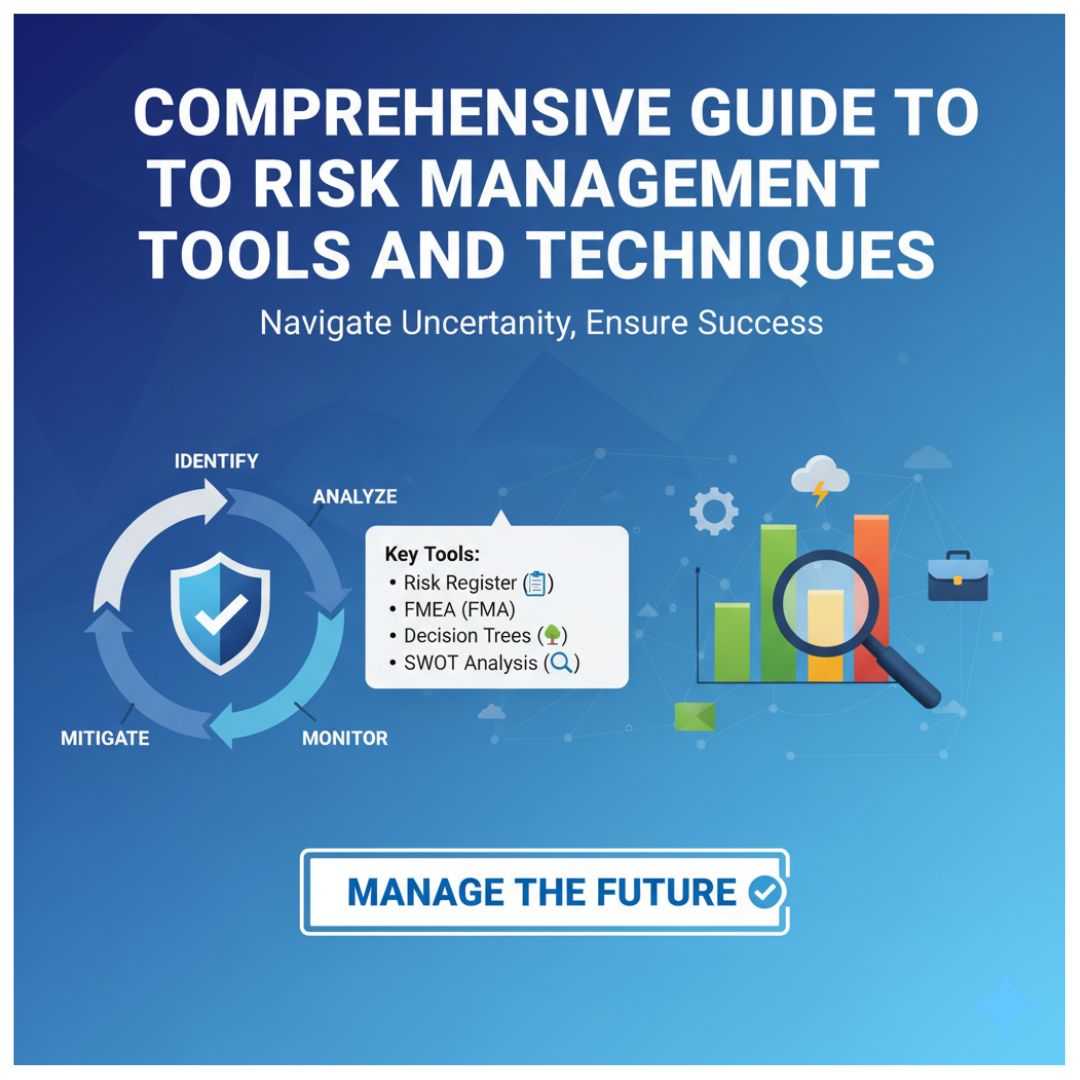









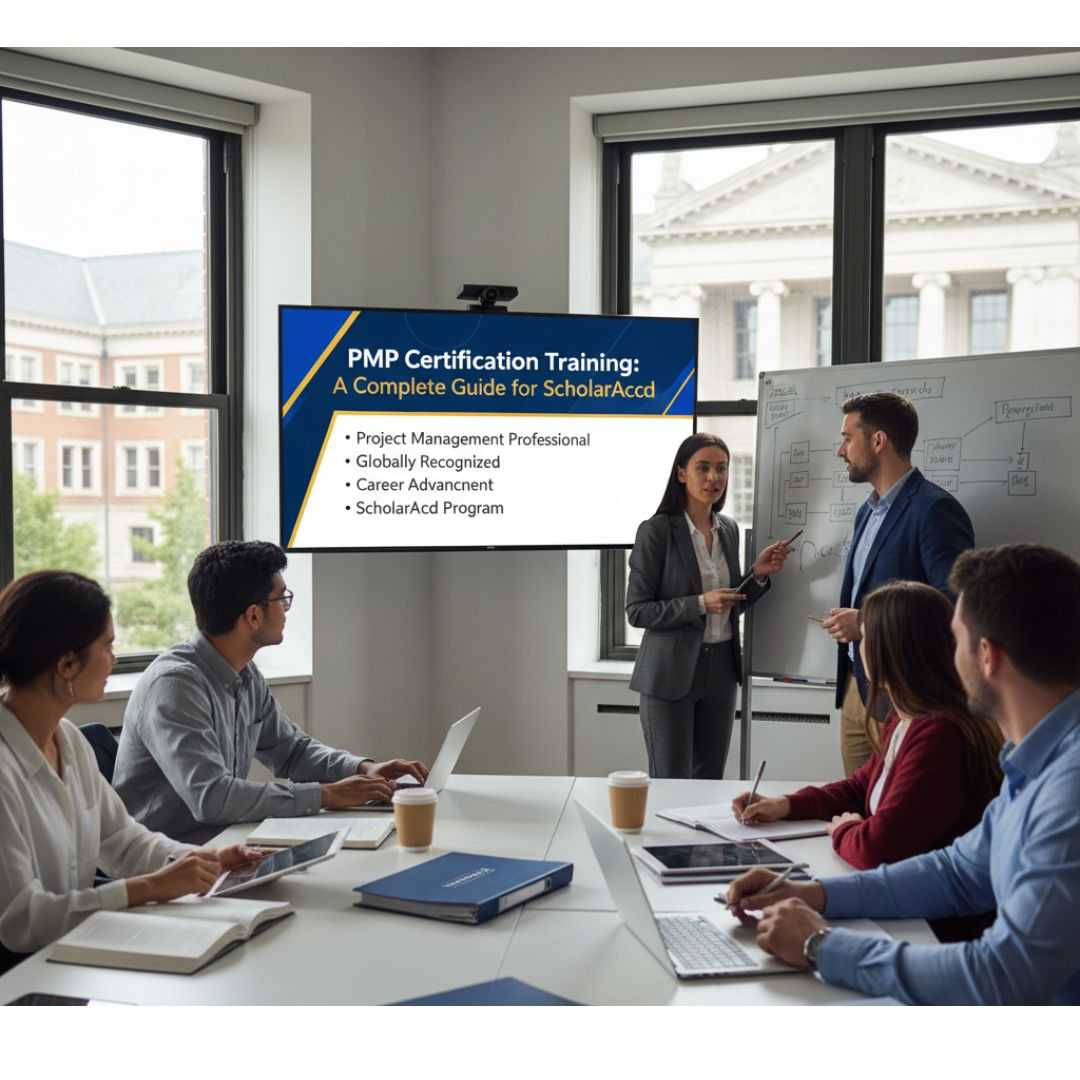
_1756885658_5bde5ece2b6f0dab9403.jpg)
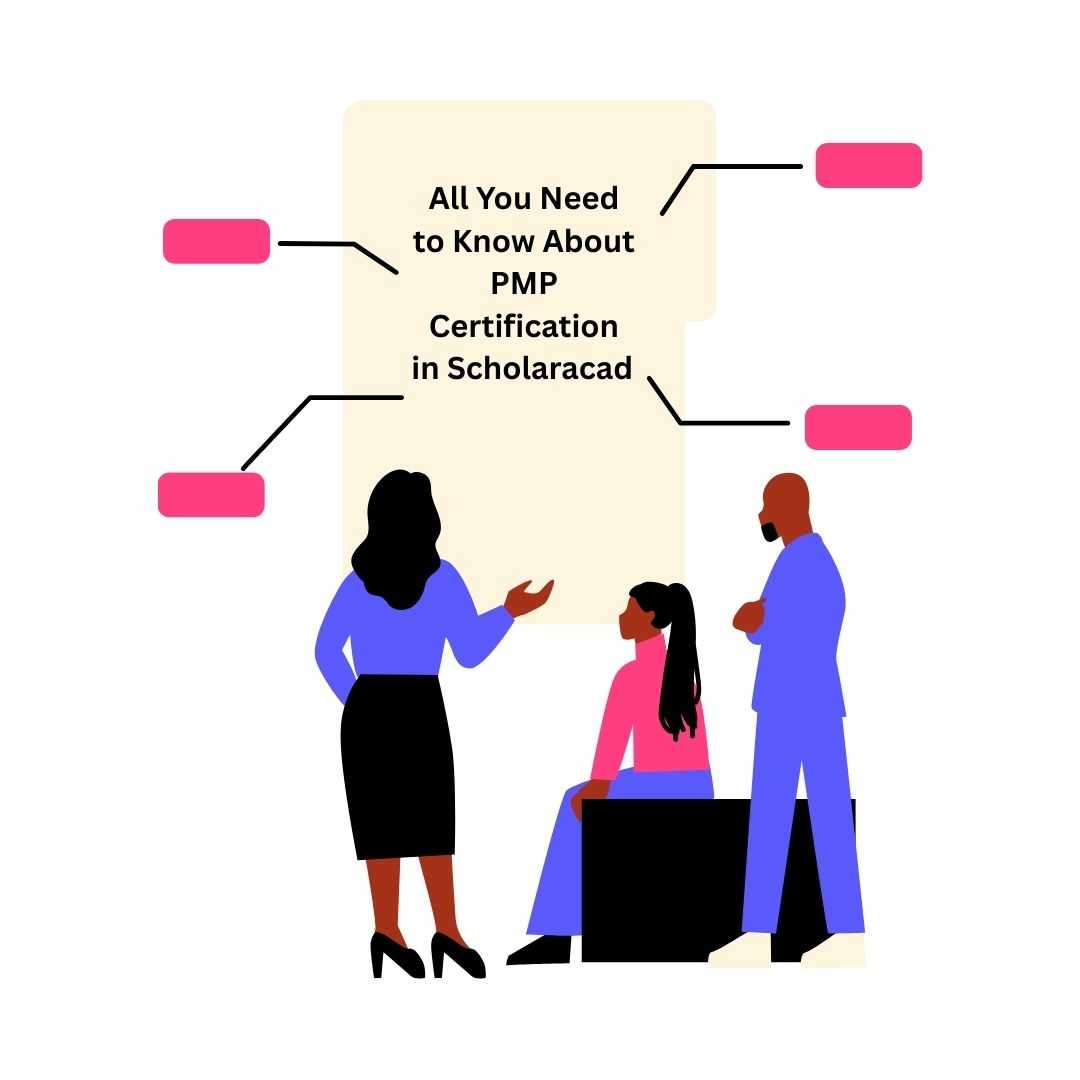


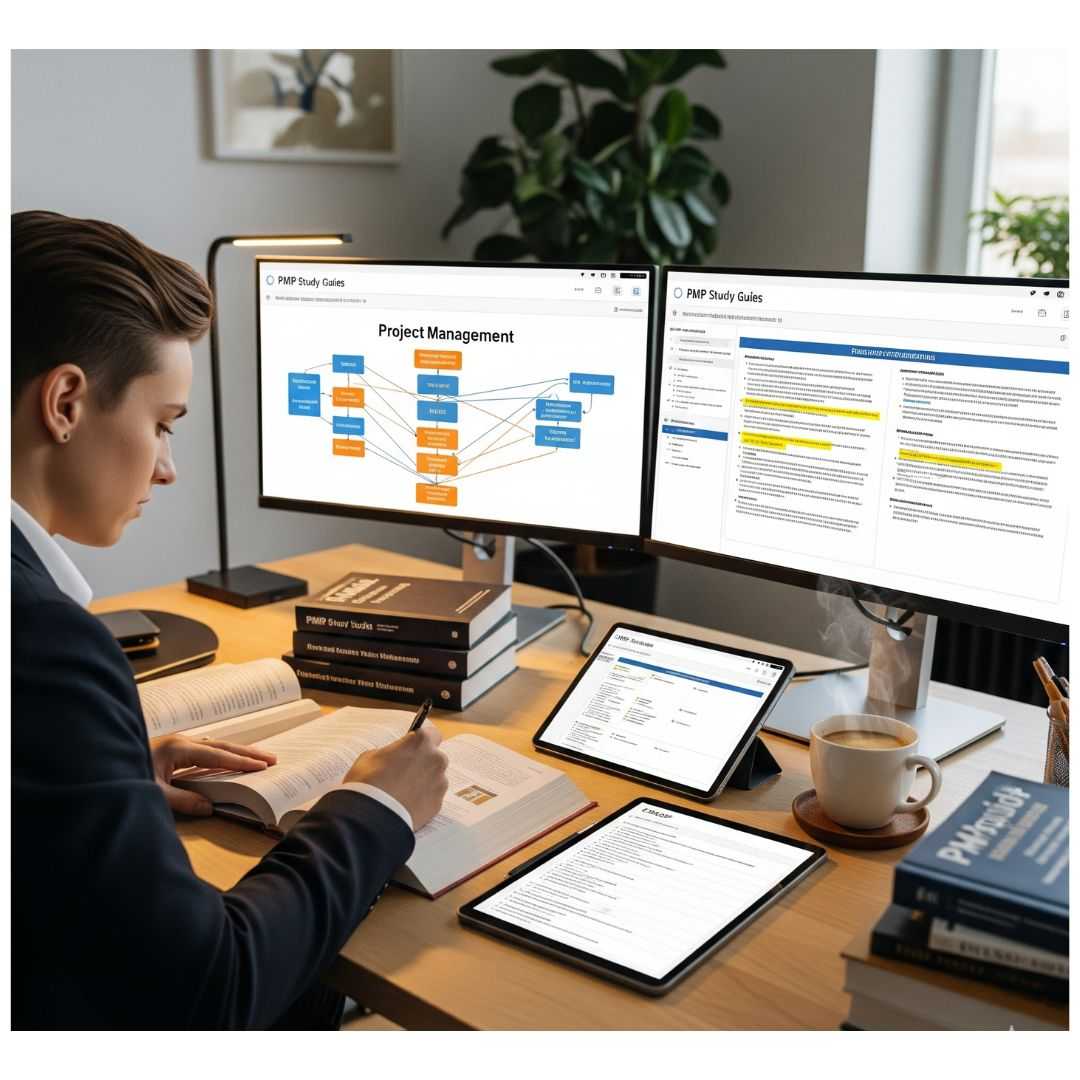


_1756789434_e9e0aac798c1162538f6.jpg)








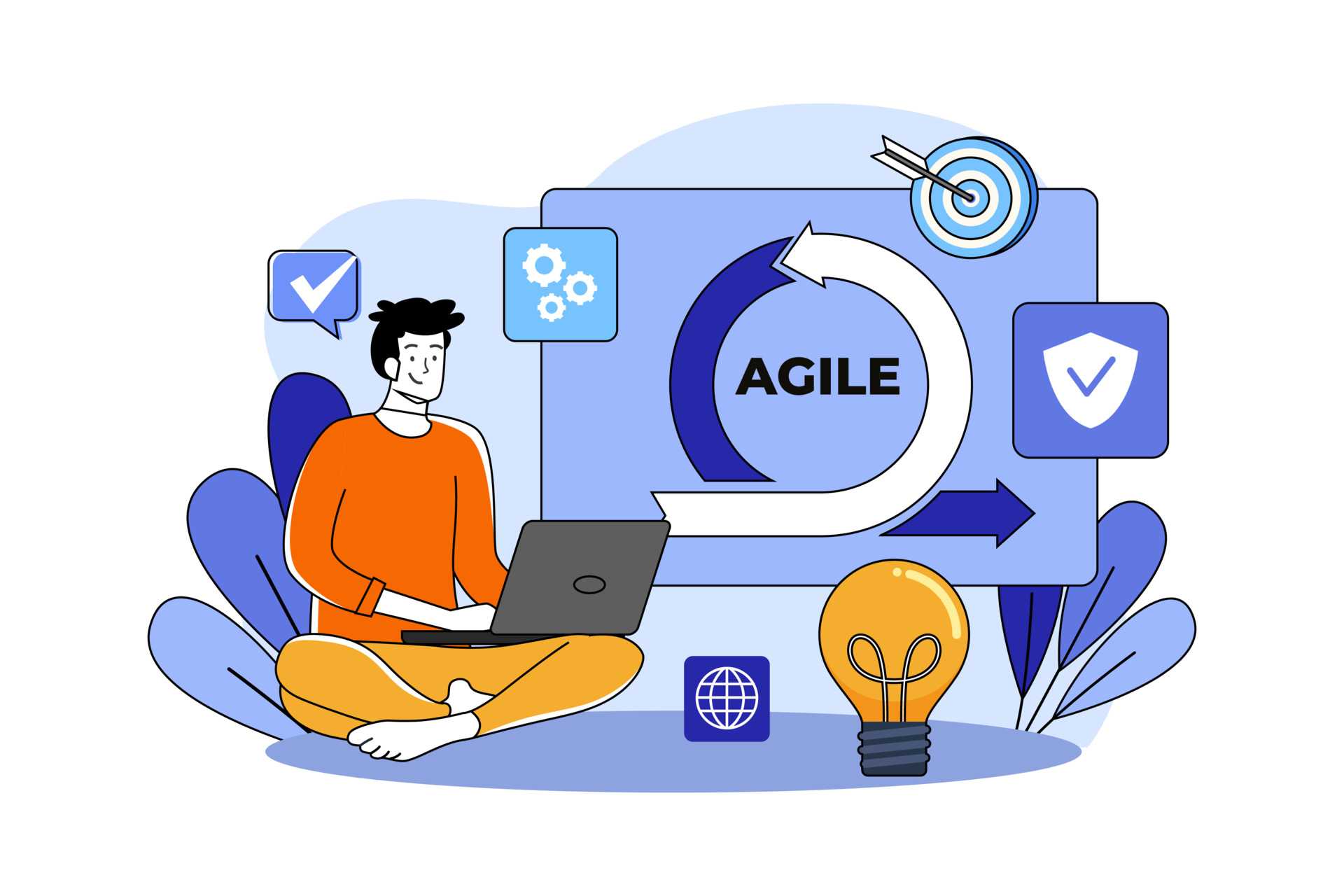







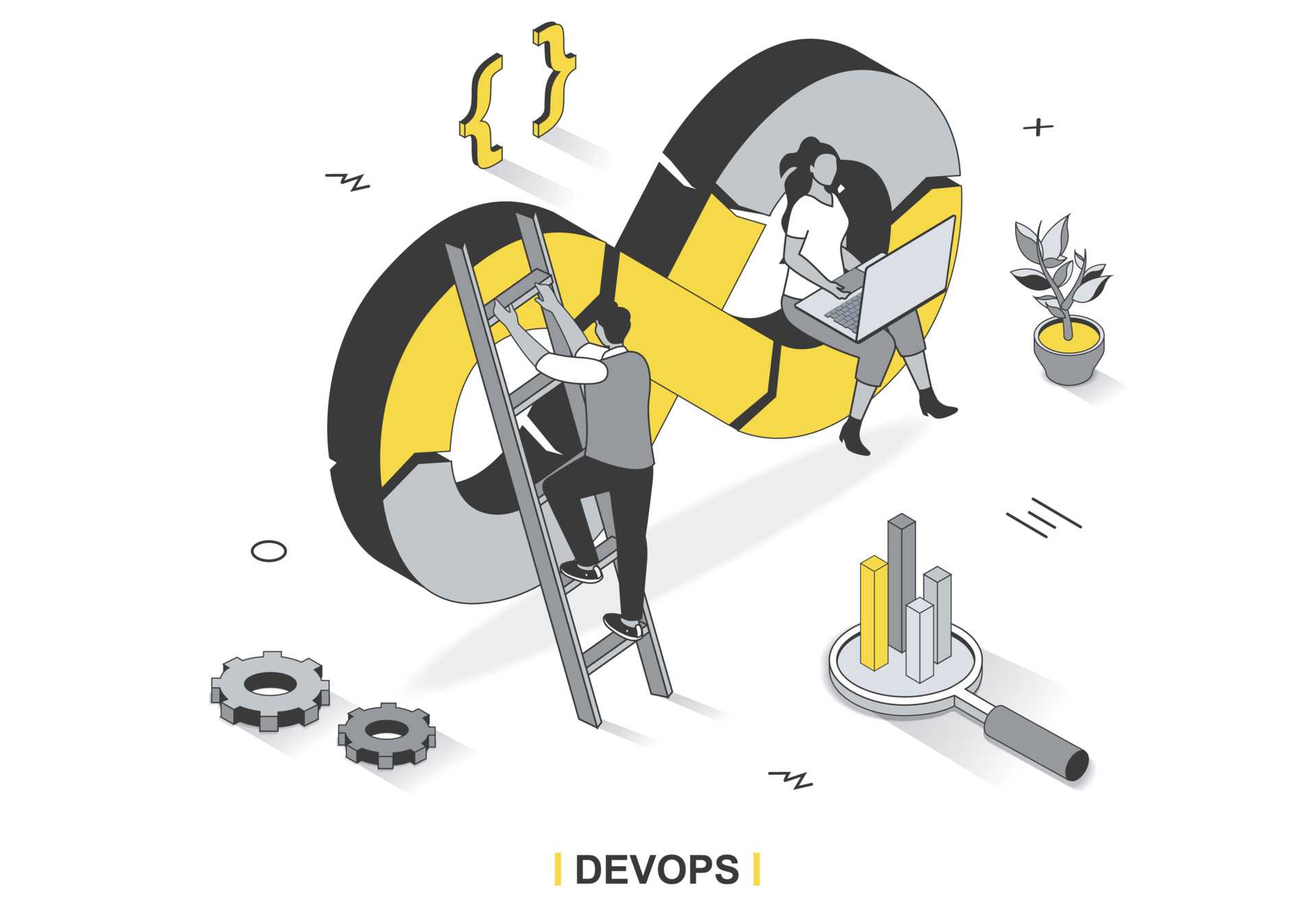
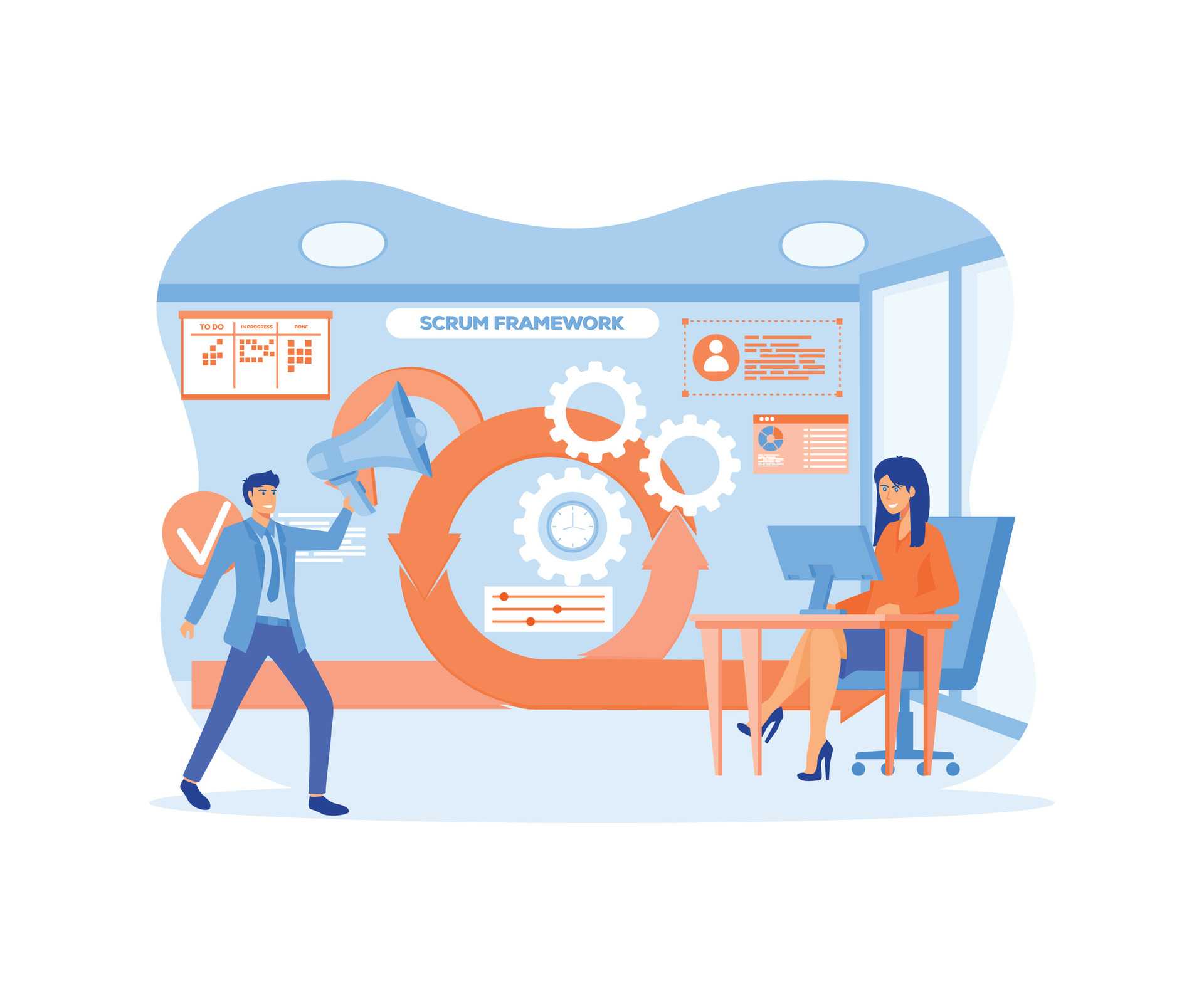





































_1718198115_3e80b2ee31b234c26728.png)
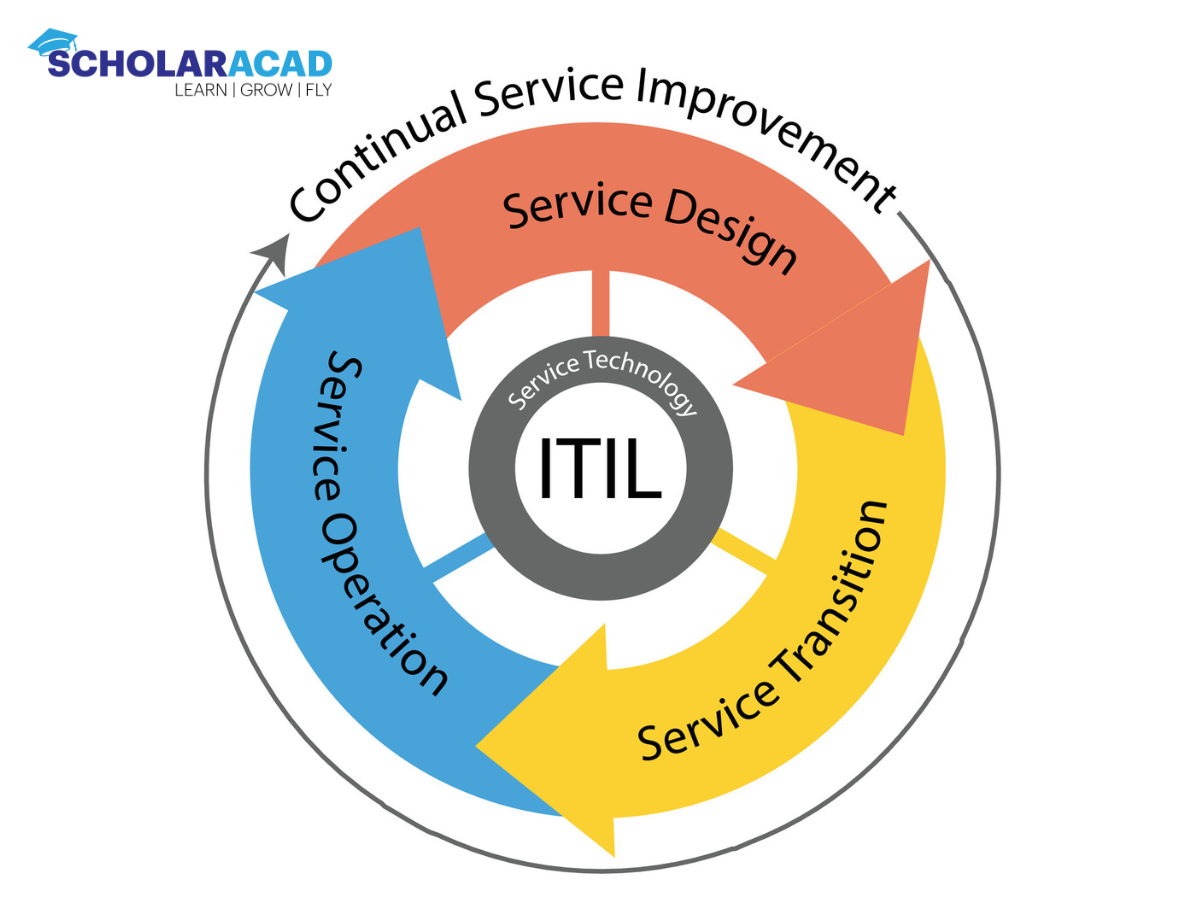



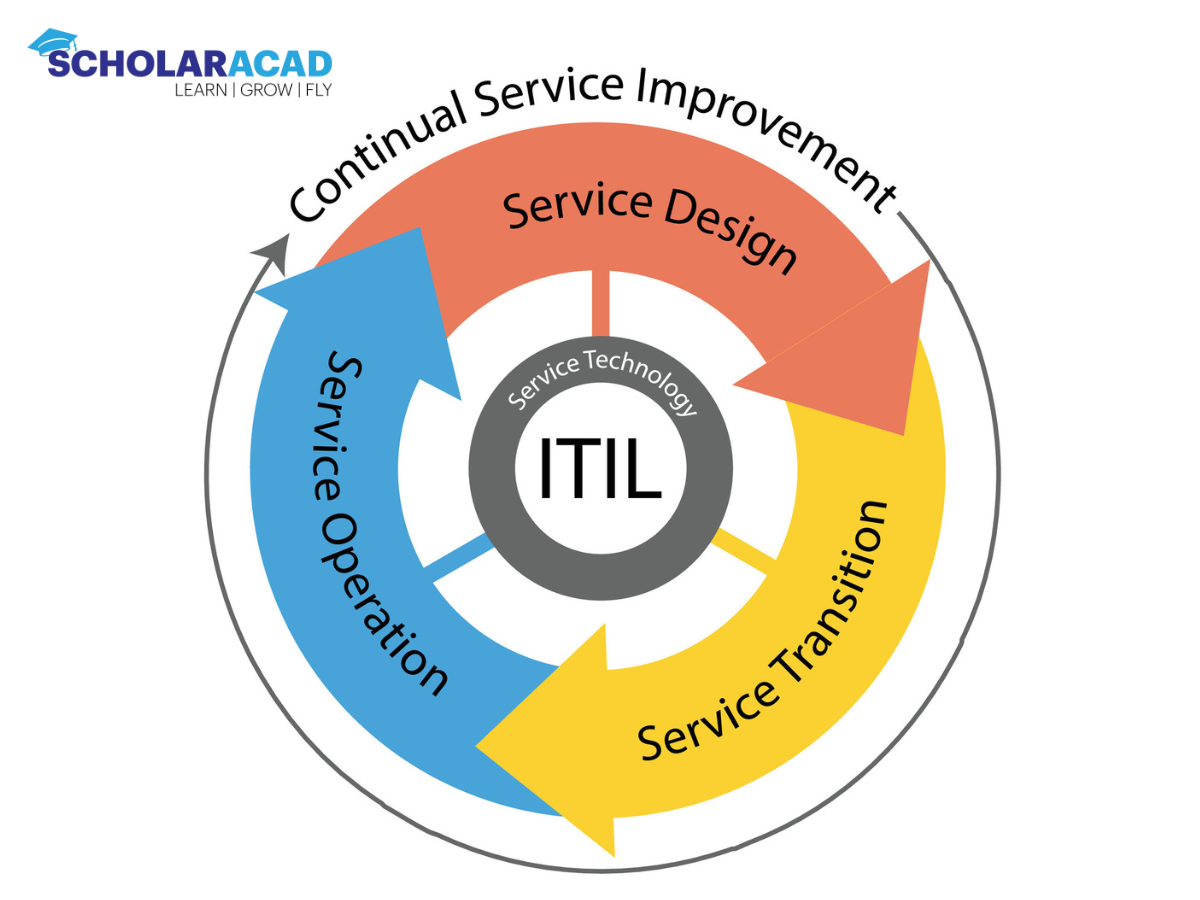




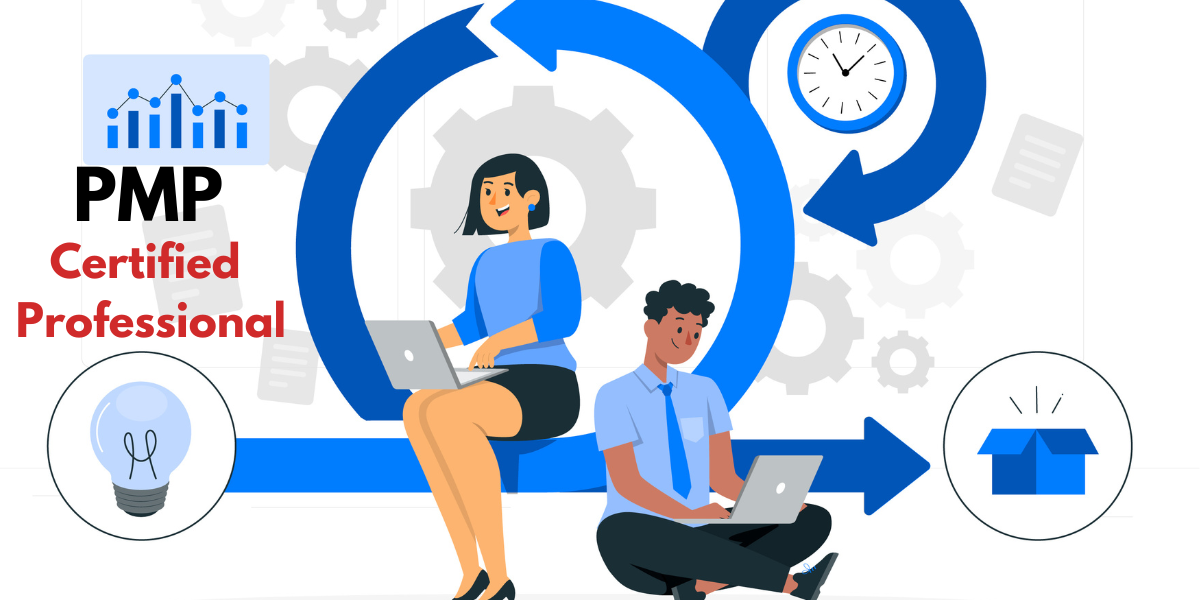
_1715671737_078967910384216bd6b3.jpg)






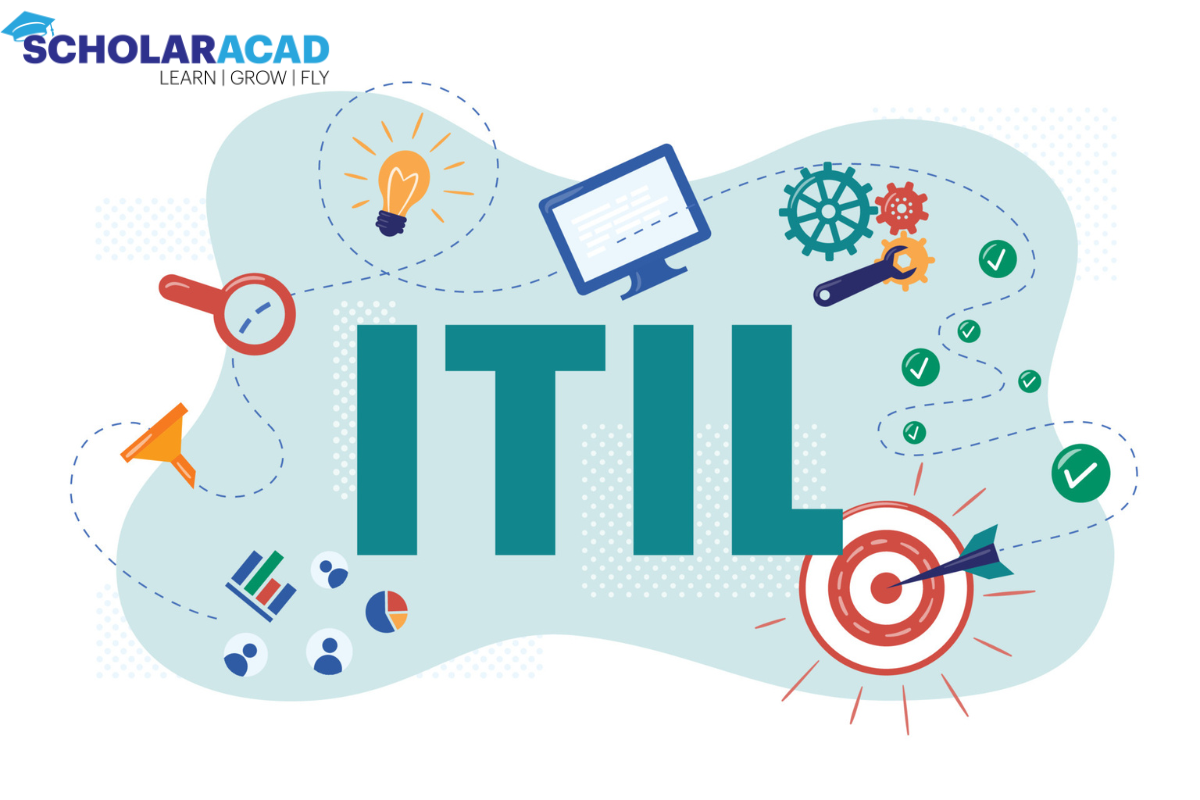


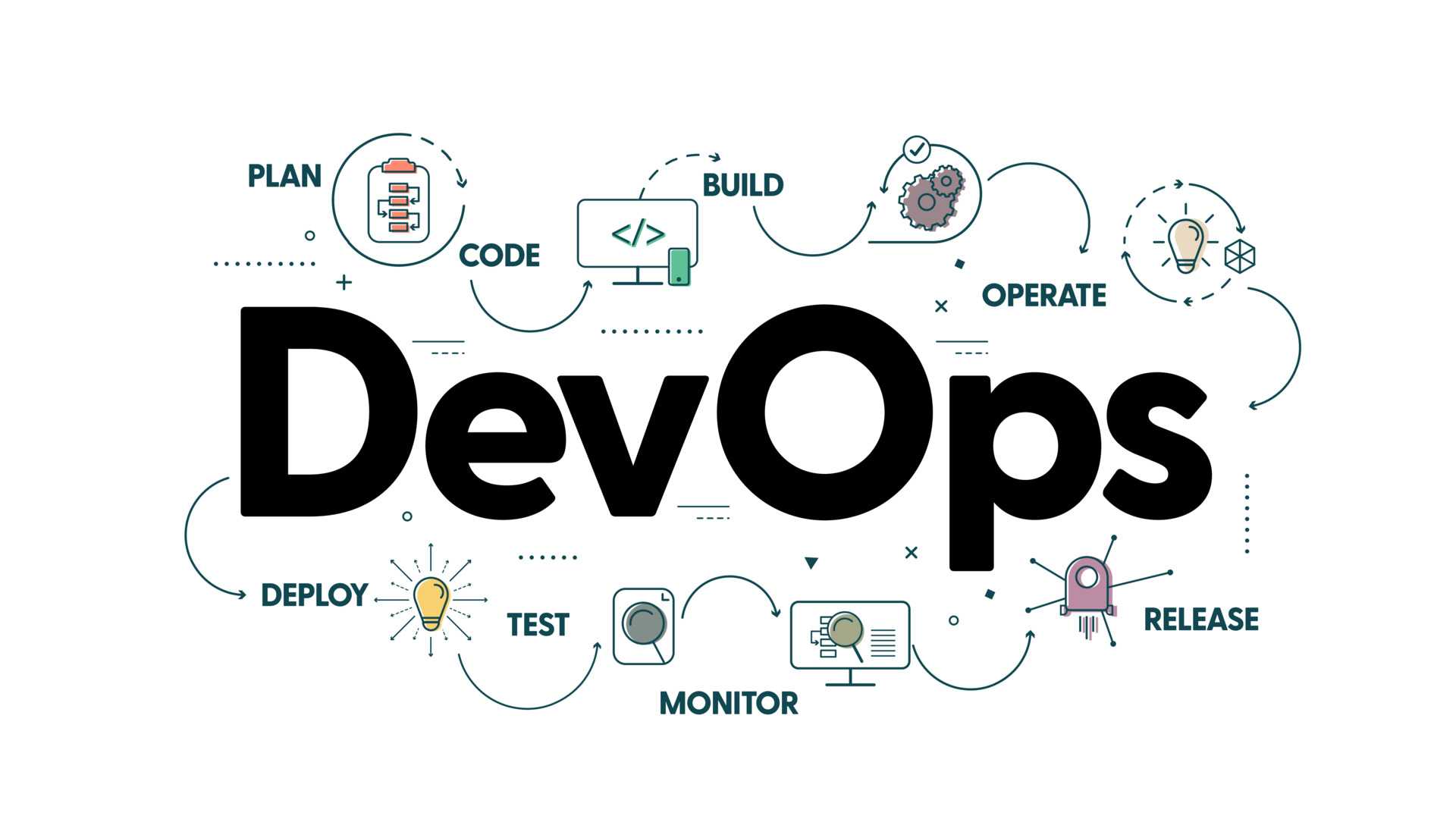

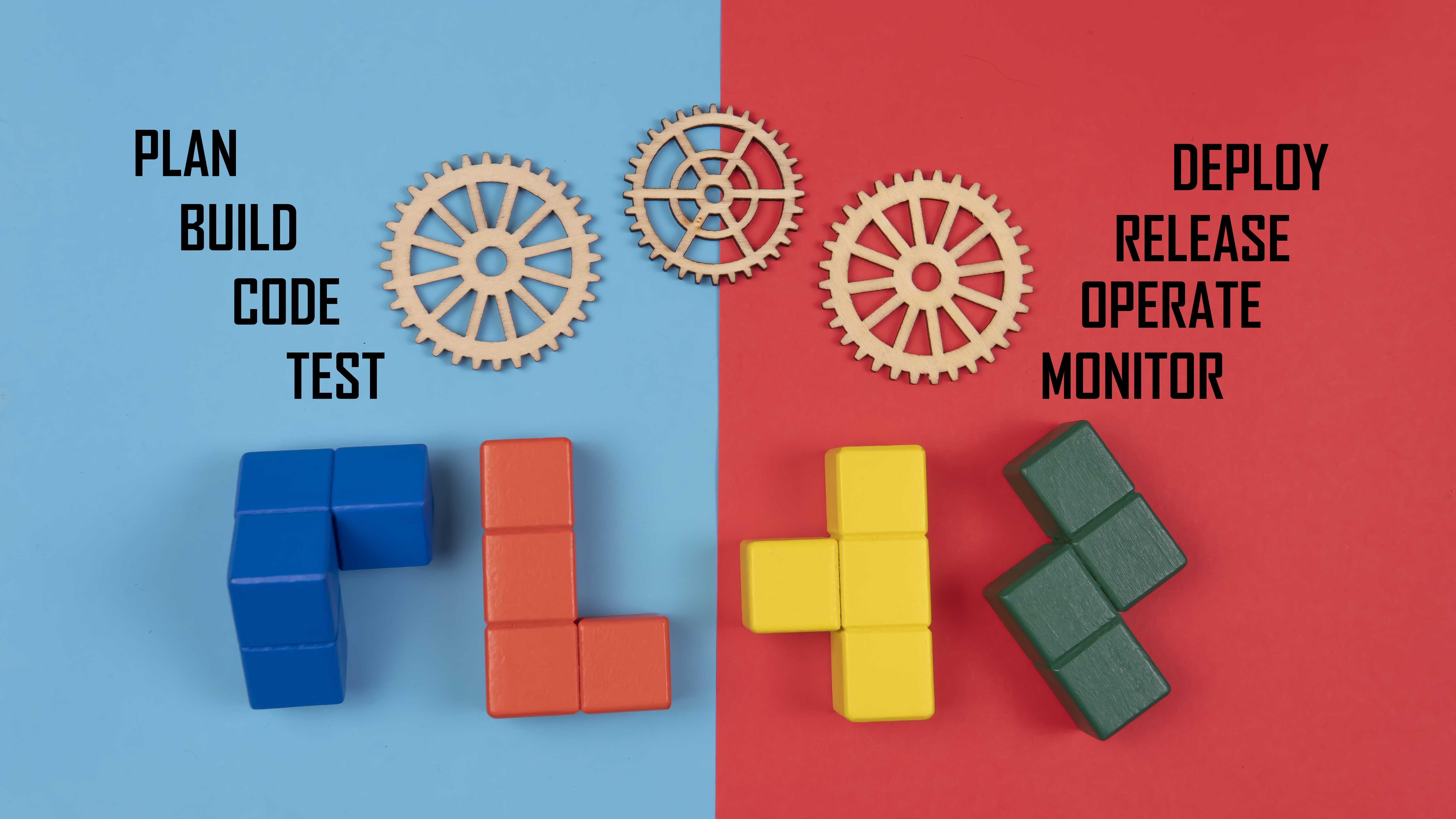
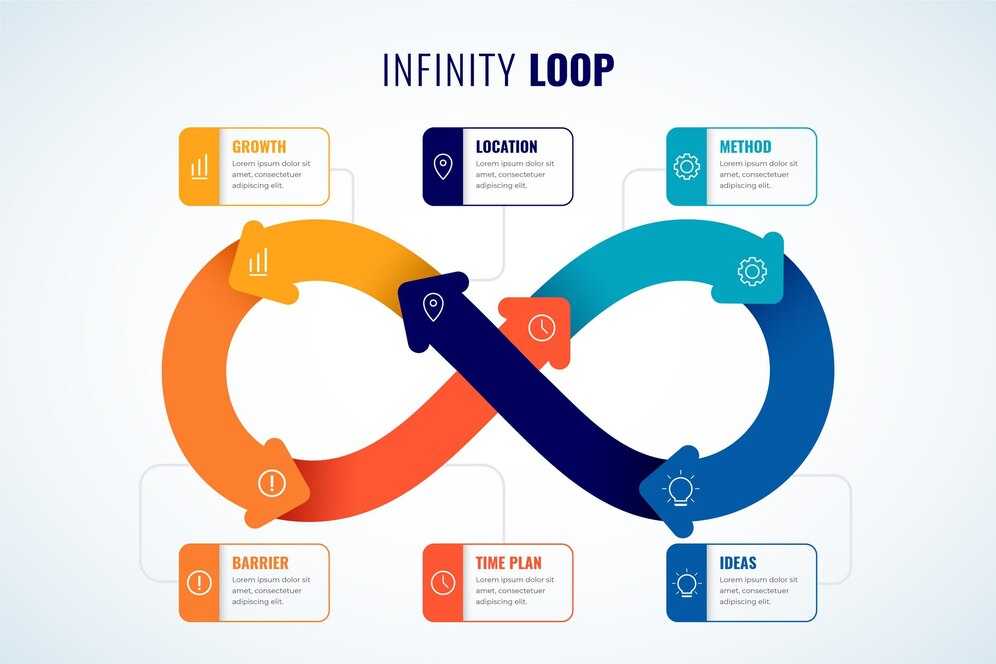
_1712044840_c07a78ec6a0a9aaf68f2.jpg)
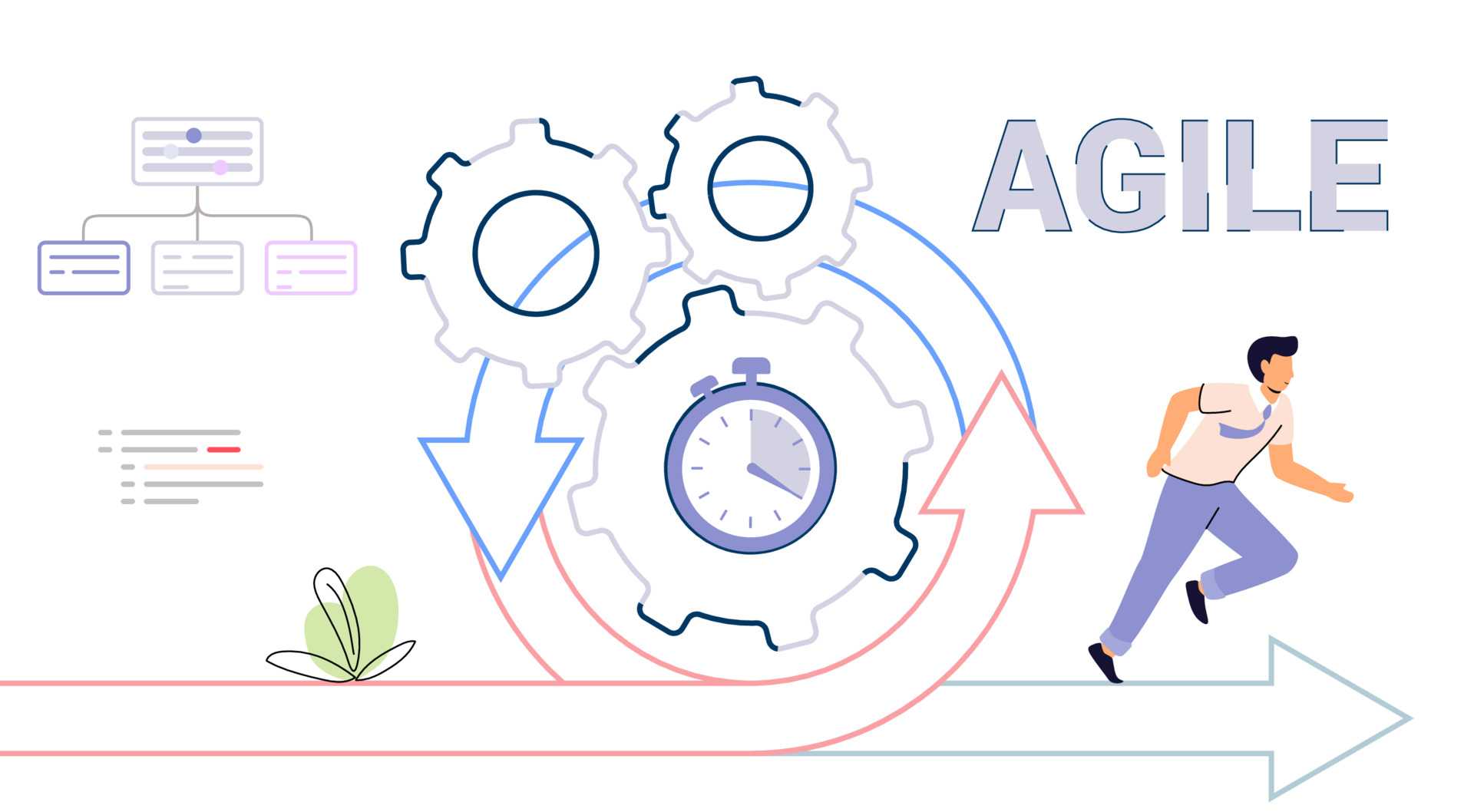

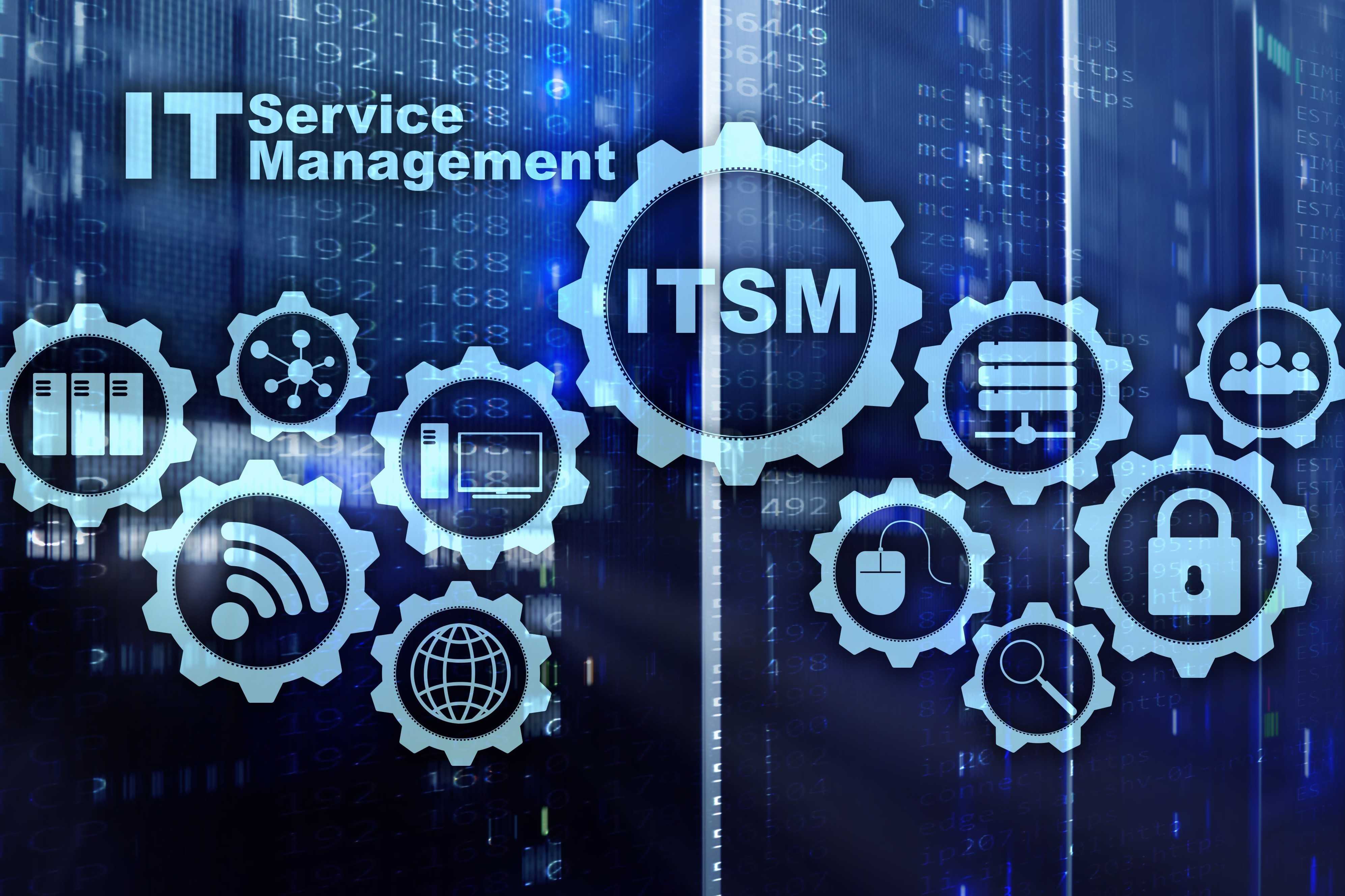
_1701798801_c3b578871fef398593a2.jpg)






Copyright © 2025. All rights reserved by Scholaracad
